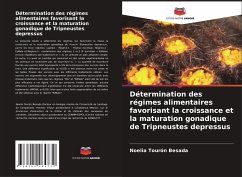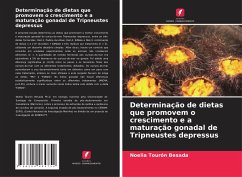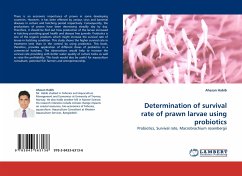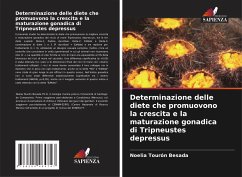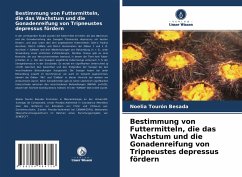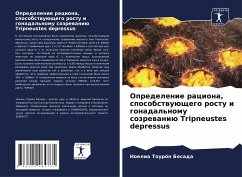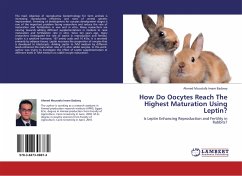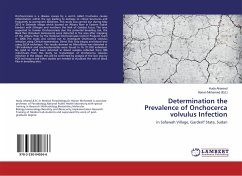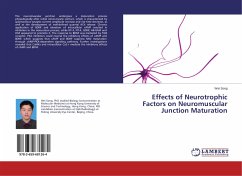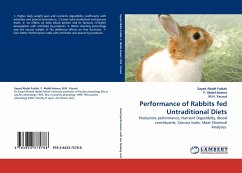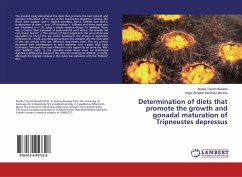
Determination of diets that promote the growth and gonadal maturation of Tripneustes depressus
Versandkostenfrei!
Versandfertig in 6-10 Tagen
27,99 €
inkl. MwSt.

PAYBACK Punkte
14 °P sammeln!
The present study determined the diets that promote the best growth and gonadal maturation of the sea urchin Tripneustes depressus, among the three diets suplied: Diet-1: Padina durvillaei, Diet-2: EzMate and Diet-3: combination of diets 1 and 2 (P. durvillaei + EzMate) and three replicates per treatment (n = 3), using a simple random design. In addition, there was a control that consisted of experimental units where the animals did not receive food (C -). The amount of food supplied to the sea urchins was equivalent to 5% of the sea urchin biomass in the drawer. A significant difference (p 0....
The present study determined the diets that promote the best growth and gonadal maturation of the sea urchin Tripneustes depressus, among the three diets suplied: Diet-1: Padina durvillaei, Diet-2: EzMate and Diet-3: combination of diets 1 and 2 (P. durvillaei + EzMate) and three replicates per treatment (n = 3), using a simple random design. In addition, there was a control that consisted of experimental units where the animals did not receive food (C -). The amount of food supplied to the sea urchins was equivalent to 5% of the sea urchin biomass in the drawer. A significant difference (p 0.05) was obtained between the weights and the final sizes of the sea urchins with the different treatments used. The sea urchins increased their development in both diameter and weight with each treatment, although the most effective in this regard by far were the "Mix" and "EzMate" diets. In the gonadal index there were no statistically significant differences between the different treatments (ANOVA, p0.05), although the highest increase in this index was obtained with the "EzMate" diet.



